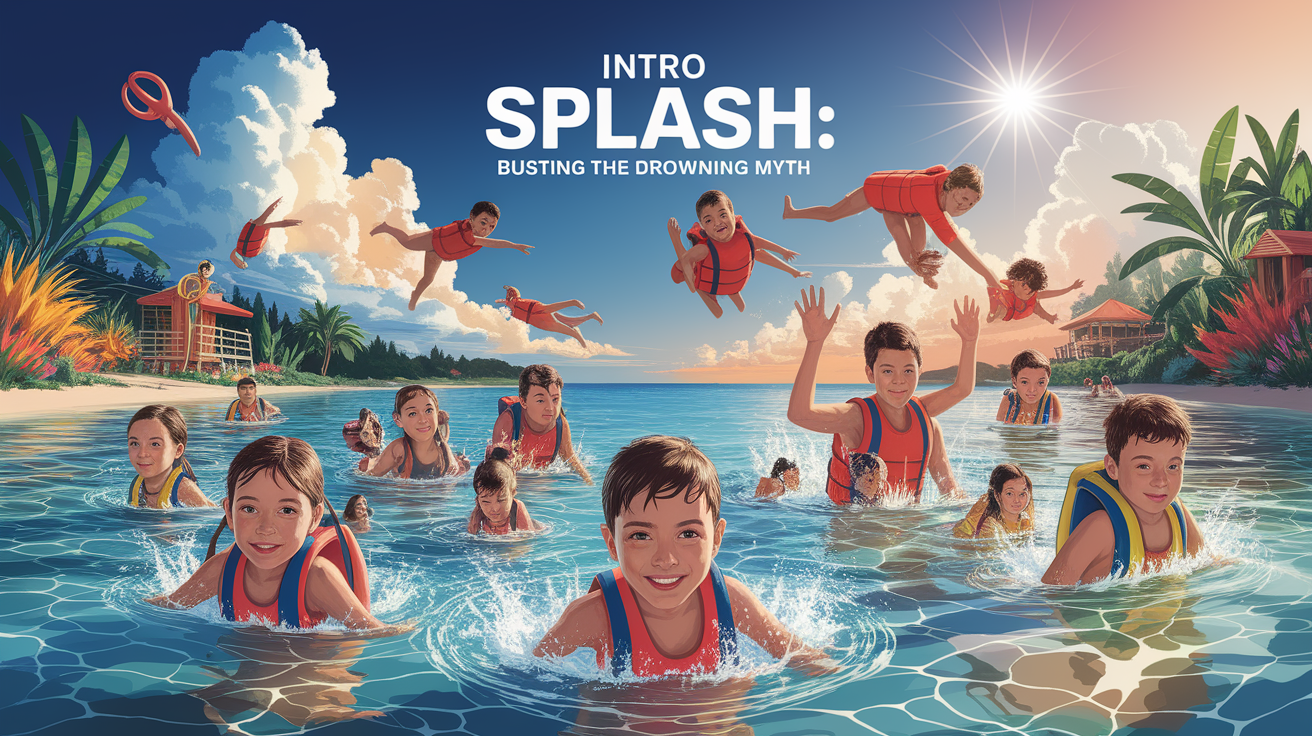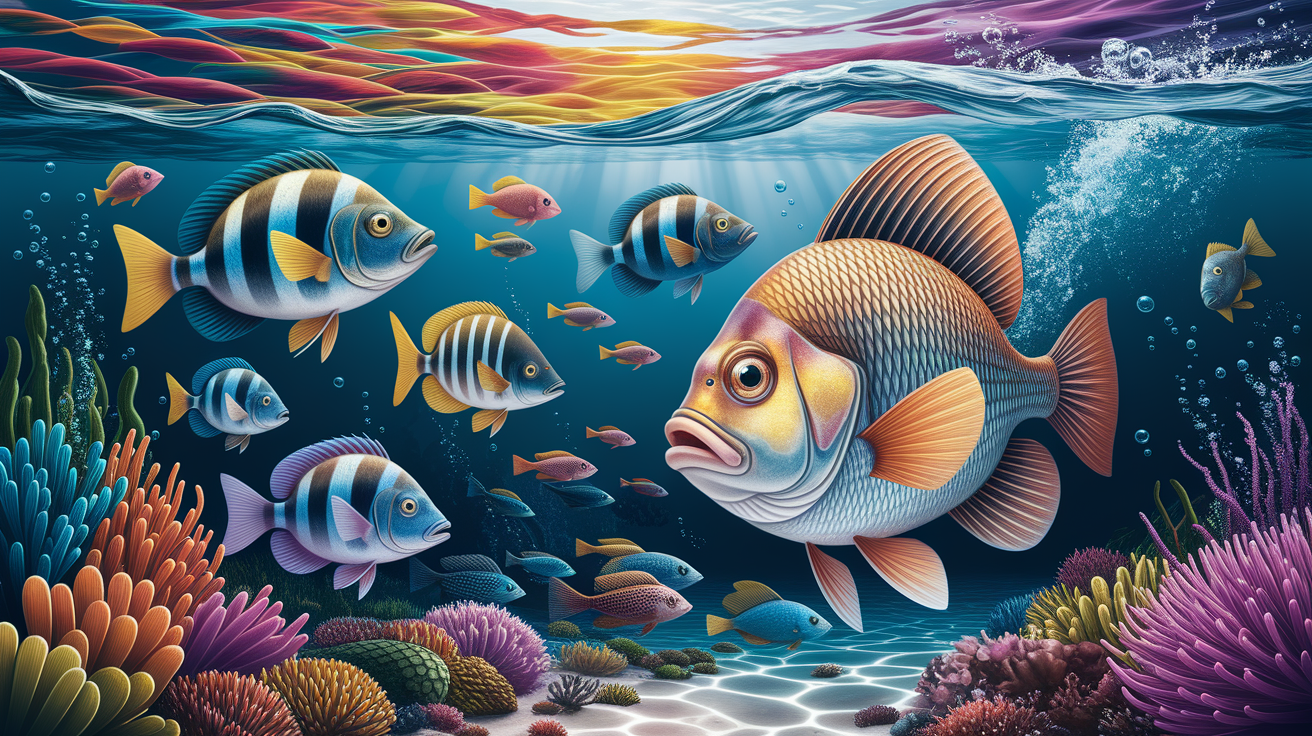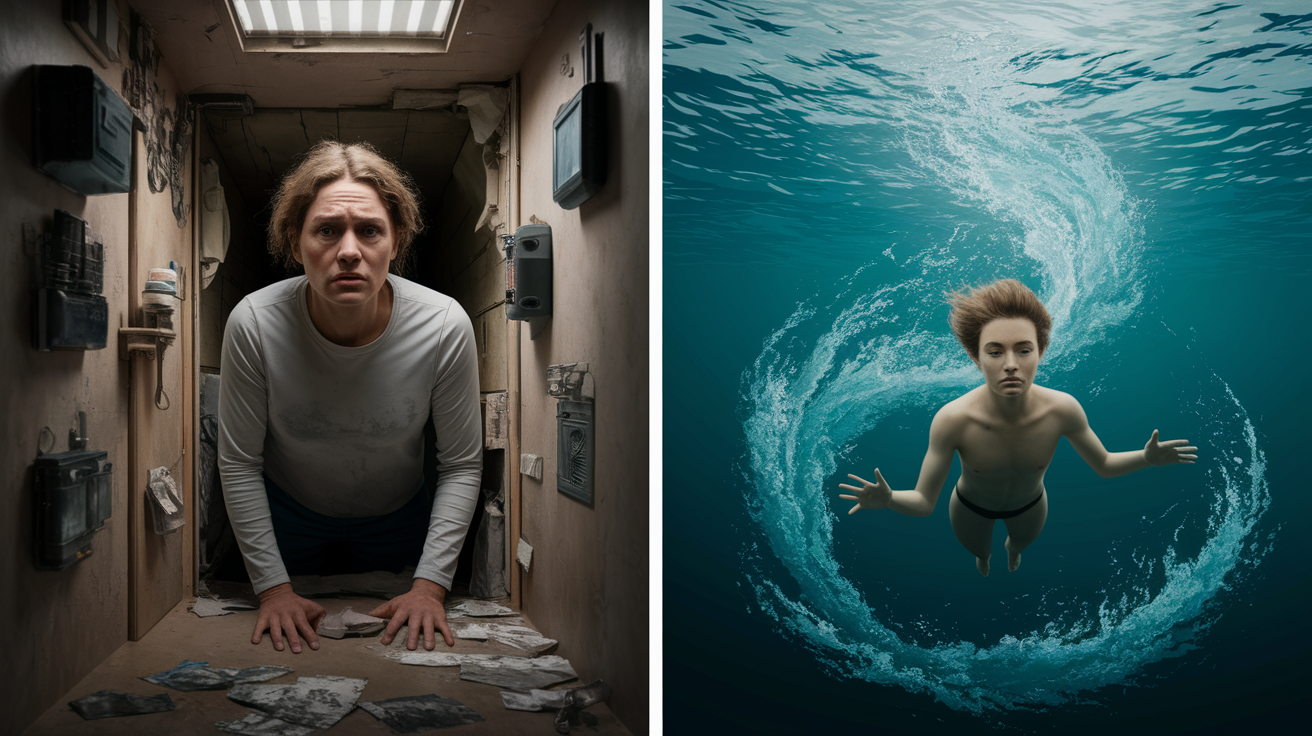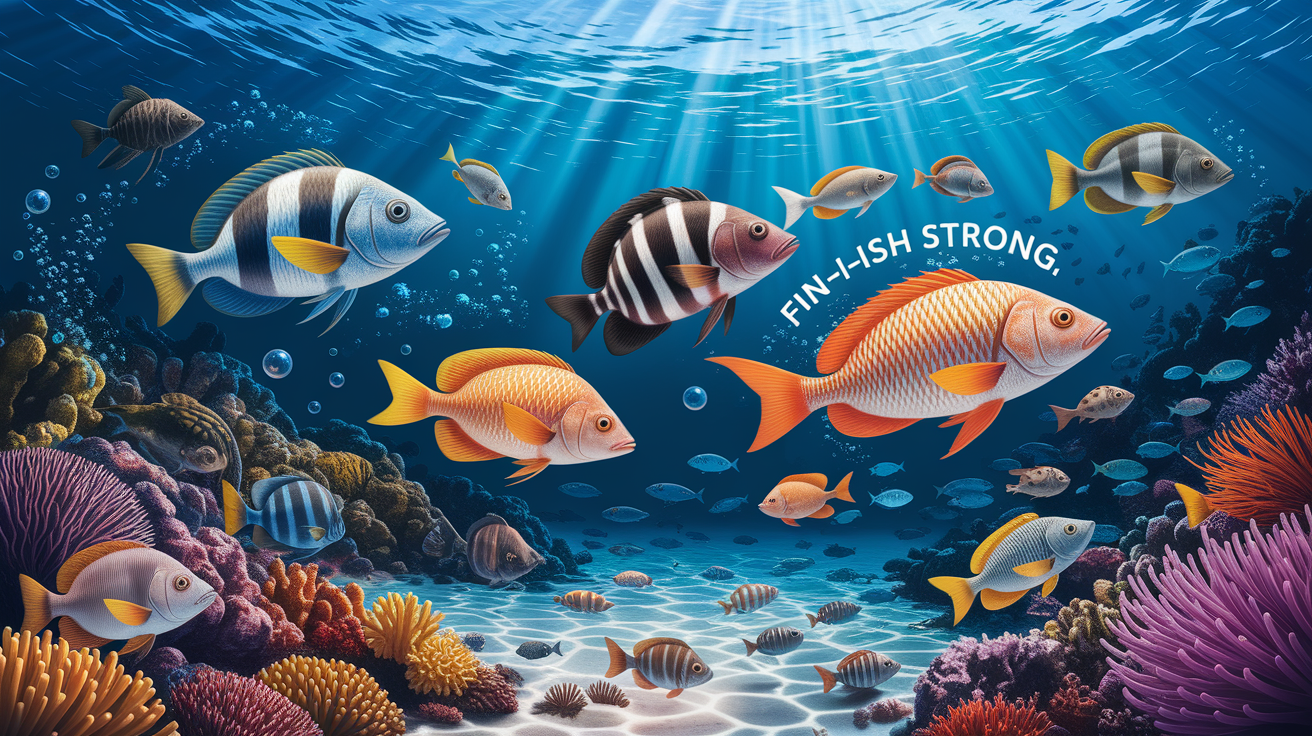Quick Answer: Fish don’t drown like humans because they don’t have lungs filled with air; instead, they use gills to draw oxygen directly from water. However, fish can suffocate if oxygen levels in their environment drop too low or their gills are damaged. The key to their survival is efficient aquatic respiration tailored to life underwater.
Intro Splash: Busting the Drowning Myth
The idea of a fish drowning might sound strange, but it’s a question many people ask: if fish live in water, can they ever “run out of breath”? The answer depends on how you define drowning. In humans and other mammals, drowning happens when water fills the lungs, preventing oxygen absorption. Since fish don’t have lungs, this type of drowning simply doesn’t apply to them. Instead, what might be called “drowning” in fish is actually suffocation—running out of oxygen because their gills can’t extract enough from the surrounding water. As explained in research on fish respiration, this difference is crucial to understanding how fish survive—and sometimes die—in water.

Gills: Nature’s Underwater Lungs
Gills are the superstar organs that let fish breathe where we can’t. Think of them as underwater equivalents of lungs, but specially designed for pulling oxygen out of water instead of air.
- Inside a fish’s head are rows of gill filaments — thin, feathery structures rich with blood vessels. Their huge surface area allows maximum contact with water.
- Oxygen dissolves in water, and as water flows over the gill filaments, oxygen molecules diffuse into the blood while carbon dioxide diffuses out.
- Because water has far less oxygen than air, gills use clever designs like countercurrent flow — moving water and blood in opposite directions for maximum oxygen capture.
This fish respiratory system is so efficient that many species can extract enough oxygen even in relatively low-oxygen waters, though there are limits.
Water Flow: Keeping the Gills Fueled
Gills only work if water keeps moving across them. Fish have two main strategies for keeping this flow going:

- Active pumping: Many fish open and close their mouths rhythmically, forcing water over the gills even while they stay still.
- Ram ventilation: Some species, like certain sharks, must swim constantly so water rushes through their mouths and over their gills.
If water stops flowing over the gills — for example, if a fish gets trapped or water becomes stagnant — oxygen extraction quickly fails.
Suffocation vs. Drowning: Understanding the Difference
For mammals, drowning is about water in the lungs. For fish, it’s about oxygen shortage in their aquatic surroundings. As marine biologists explain, fish “drowning” is actually suffocation due to:

- Low dissolved oxygen in the water (hypoxia)
- Damage to gills from disease, injury, or pollutants
- Inability to maintain water flow over the gills
Environmental changes play a big role here. Warmer water holds less oxygen, so during summer heat waves or in polluted areas, fish may experience dangerous oxygen drops. According to climate research, this oxygen squeeze is becoming more common in both marine and freshwater environments.
Fin-ish Strong: Lessons from Fish on Underwater Breathing
Fish show us that breathing isn’t one-size-fits-all — it depends on anatomy, environment, and some clever physics. Their gills are marvels of engineering for life underwater, but they also highlight how fragile that balance is.

- Keep water clean and oxygen-rich — whether in aquariums or natural habitats.
- Understand seasonal and temperature effects on aquatic environments to protect marine life.
- Recognize that even masters of underwater survival need certain conditions to thrive.
Next time you watch fish gliding silently beneath the surface, remember they’re running a finely tuned oxygen extraction system every second. Humans may not be able to breathe underwater, but thanks to fish, we have a fascinating blueprint of how it can be done — and why it works so well.













